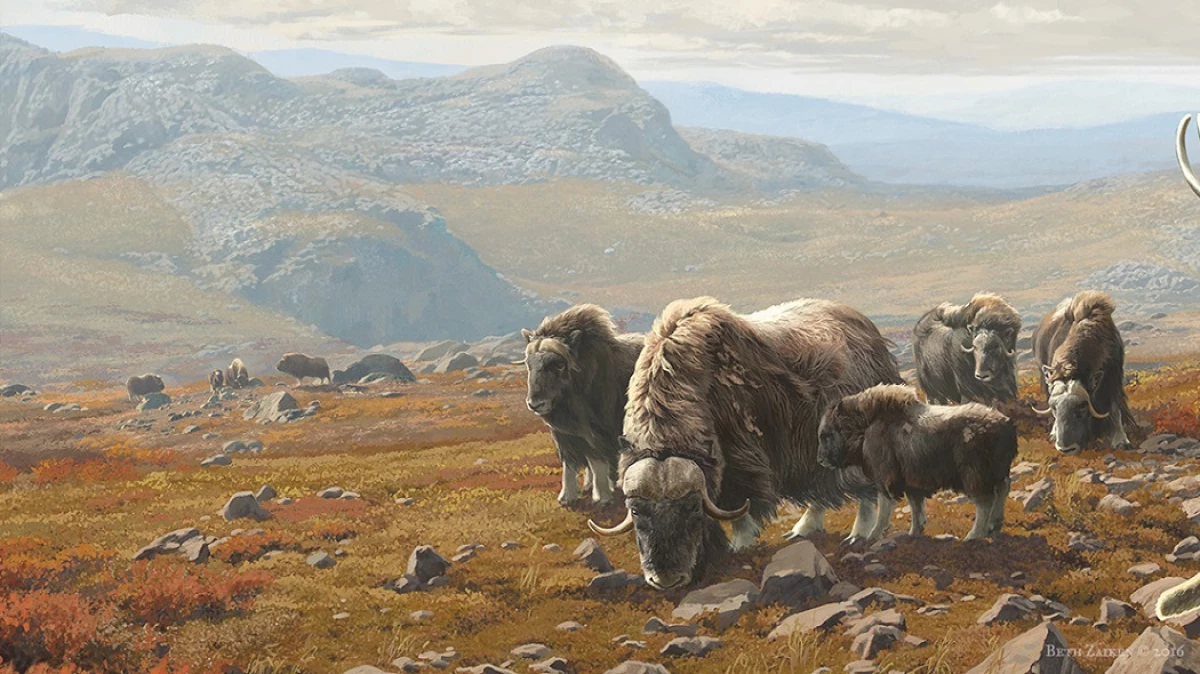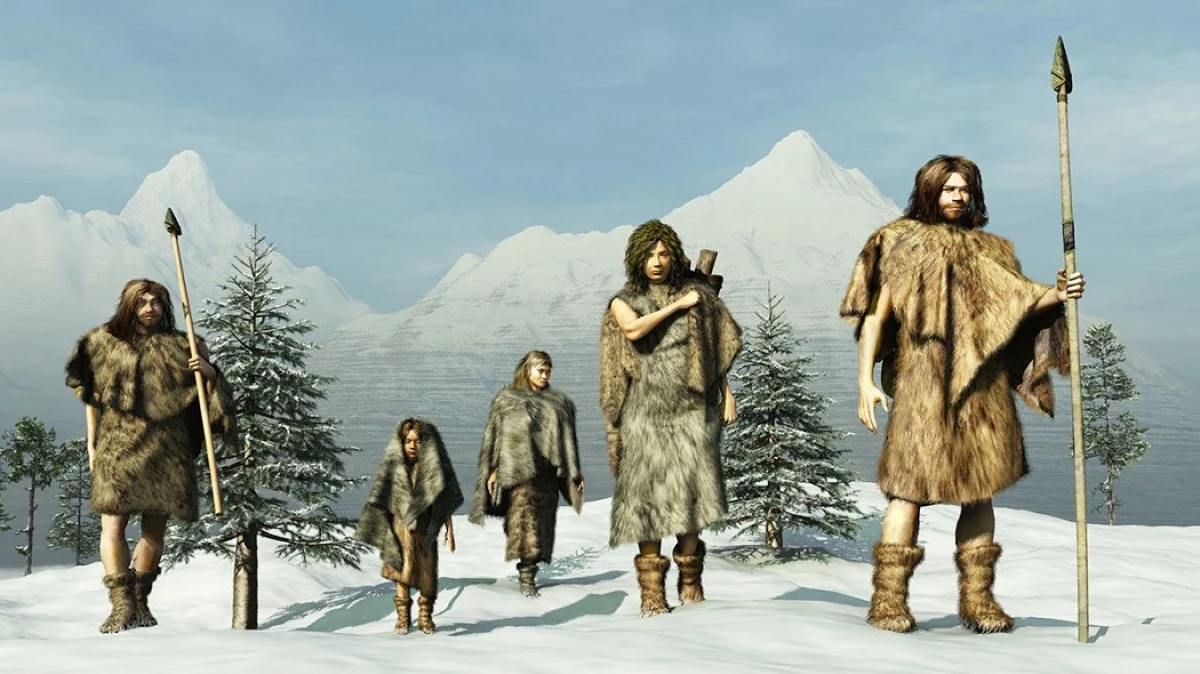Researchers analyzed the living conditions of the ancient people of Western Europe in the middle Pleistocene

Employees of the National Center for People's Research and Cologne University revealed sustainability to low temperatures even without heat sources. For this, experts analyzed the climatic conditions of the period of the middle Pleistocene. The results of the work were published in the journal of Journal of Human Evolution.

The period of medium-sided Pleistocene, which lasted 125-780 thousand years ago, is characterized by periodic climatic fluctuations, as well as cooler phases. Researchers used paleothemeral maps to establish a temperature regime in which the ancestors of a modern person were forced to survive during the cold phases. Scientists managed to determine the temperature regime in the territory of 68 sites where the presence of an ancient person was registered.
Modeling thermoregulation allowed scientists to estimate the possible adaptation of human ancestors to low temperatures. Such a model simulates the heat loss observed during sleep. The analysis showed that people had to withstand very low temperatures not only during the glacial phases, but also at the occurrence of a softer climate.

The mathematical model helped scientists to evaluate the effectiveness of two strategies aimed at combating cold. Thus, an assessment of an insulating effect of fur cover, a thick lipid layer, as well as heat generation as a result of metabolic processes in the body. The model took into account the loss of heat due to wind gusts. It turned out that to compensate for the limit of the metabolic reaction to cold temperatures at night, the ancient people slept, wrapped in fur, and also found places protected from wind.
Earlier, the Central News Service told that scientists managed to determine the main reason for the aging of the brain.
